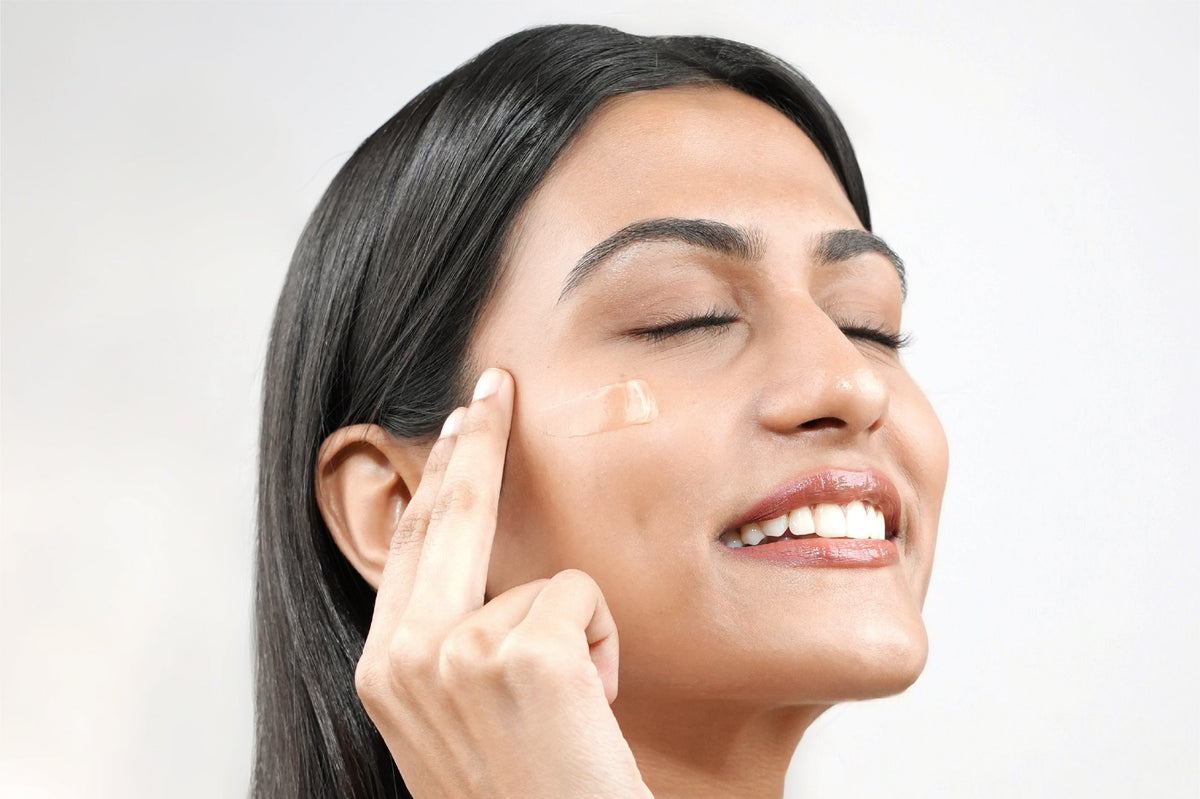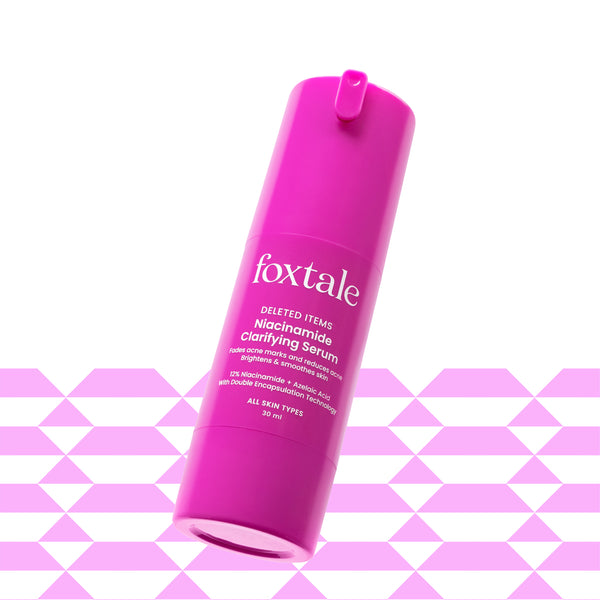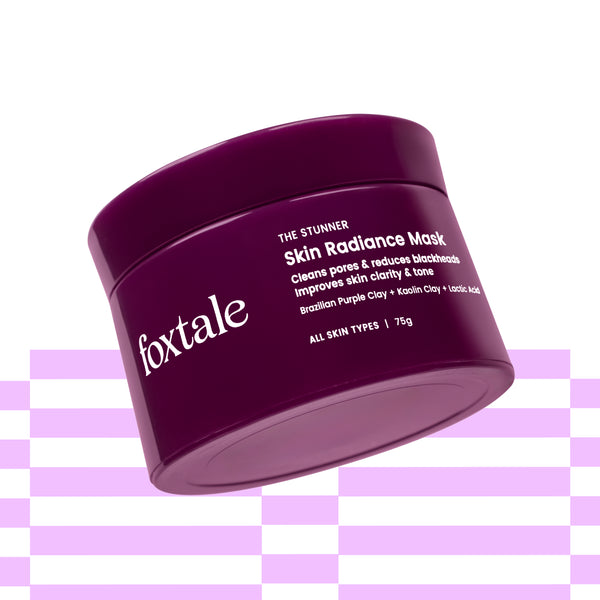
If Niacinamide has helped you control oily skin, you're not alone. It’s known for reducing shine, balancing oil production, and improving texture. But what happens if you stop using it? Will your skin go back to square one?
Let’s break down how Niacinamide works, what to expect if you remove it from your routine, and how to manage your skin going forward.
What Causes Oily Skin?
Oily skin results from overactive sebaceous glands producing too much sebum—the natural oil that helps protect and hydrate your skin. While sebum is essential, excess amounts can lead to clogged pores, shininess, and breakouts.
Factors like genetics, hormones, climate, and stress influence how oily your skin gets.
The Role of Sebum in Skin Health
Sebum plays a vital role in maintaining skin health. It lubricates the skin, prevents moisture loss, and acts as a natural barrier against environmental stressors. However, when produced in excess, it contributes to oily skin, acne, and an uneven texture.
How Niacinamide Affects Oily Skin
Niacinamide (Vitamin B3) is a multi-functional skincare ingredient, especially effective for those dealing with oily skin. This ingredient is present in a Niacinamide Serum for oily skin and other skin care products too.
1. Sebum Regulation with Niacinamide
Niacinamide helps normalize the function of sebaceous glands, encouraging them to produce just enough oil. It works gently, unlike ingredients that strip the skin, making it suitable for long-term use.
2. Reducing Sebum Production
Regular use of Niacinamide has been shown to decrease the overall amount of sebum the skin produces, leading to a visible reduction in shine and oiliness, particularly in the T-zone.
3. Improving Skin Barrier
It supports the production of Ceramides and other lipids, which strengthens the skin’s natural barrier. A healthy barrier means less water loss and reduced risk of overcompensating with oil.
4. Reduces Pore Size
Niacinamide can minimize the appearance of enlarged pores over time by controlling excess oil and improving skin elasticity, leading to smoother skin.
5. Anti-Inflammatory Properties
It calms redness and soothes inflammation, making it highly beneficial for oily and acne-prone skin types.
6. Improves Skin Texture
By balancing oil and reducing irritation, Niacinamide helps even out skin tone and smoothen rough or bumpy patches.
What Happens When You Stop Using Niacinamide?
Discontinuing Niacinamide doesn’t cause permanent damage, but it can affect how your skin behaves in the short and long term, especially if you’ve relied on it for oil control.
Short-Term Effects
1. Initial Oil Production Increase
Skin may experience a slight rebound effect where oil production increases for a short period.
2. Adjustment Phase
As the skin transitions away from Niacinamide, there might be a temporary imbalance in oil levels.
3. Breakouts
Some individuals may experience an increase in breakouts during the adjustment period.
Long-Term Effects
Gradual Return of Oiliness
1. Slight Oil Production: Over time, the skin may return to its previous oily state, but this varies based on skin type and lifestyle.
2. Varied Duration: The extent and speed of oiliness returning will depend on how reliant your skin became on niacinamide.
Dependence on Other Skincare Products
1. Other Oil-Controlling Ingredients: If your routine includes other oil-balancing ingredients, such as Salicylic Acid or sulfur, oily skin may be less likely to return.
2. Alternative Solutions: You may need to replace Niacinamide with another ingredient that helps to manage oil production.
Factors Influencing the Return of Oily Skin
1. Skin Type
Genetics play a big role. If your skin was naturally oily before Niacinamide, it may return to that state once the ingredient is removed.
2. Lifestyle Factors
Diet, stress, sleep quality, and climate changes can all contribute to increased oil production. These factors can amplify changes once Niacinamide is no longer part of your routine.
3. Alternative Products
Replacing Niacinamide with other active ingredients—like Salicylic Acid or Retinoids—can help maintain the oil balance and reduce the chances of oiliness returning.
Alternatives to Niacinamide for Managing Oily Skin
1. Salicylic Acid
This beta hydroxy acid penetrates deep into pores to remove excess oil and dead skin, making it ideal for oily and acne-prone skin types.
2. Retinoids
These Vitamin A derivatives promote skin renewal, unclog pores, and gradually reduce oiliness. They may require a slow introduction to prevent irritation.
3. Clay Masks
Natural clays like kaolin and bentonite absorb oil and detox the skin. Use a clay mask once or twice a week to manage surface oil without stripping moisture.
Conclusion: Should You Stop Using Niacinamide?
Unless your skin is reacting negatively to Niacinamide, there’s little reason to stop using it. It provides a well-rounded approach to oil control, skin barrier support, and inflammation reduction.
If you do decide to stop, watch your skin’s response closely. Gradually substitute it with another oil-regulating product to avoid a sudden rebound in oiliness. In most cases, oily skin returns slowly—not suddenly—when Niacinamide is removed.
FAQs
How to get rid of oily skin?
You can’t eliminate oily skin entirely, but you can manage it. Use a routine that includes balancing ingredients like Niacinamide, Salicylic Scid, or clay masks. Moisturize properly and don’t skip SPF—dryness can actually increase oil production.
Why is my skin so oily all of a sudden?
Sudden oiliness can stem from hormonal fluctuations, increased stress, environmental changes, over-cleansing, or removing a balancing product like Niacinamide. Look for changes in your skincare or lifestyle.
How do I know if I have oily skin?
If your skin feels greasy a few hours after cleansing, makeup wears off quickly, and you see visible shine and enlarged pores—especially around the forehead, nose, and chin—you likely have oily or combination skin.





